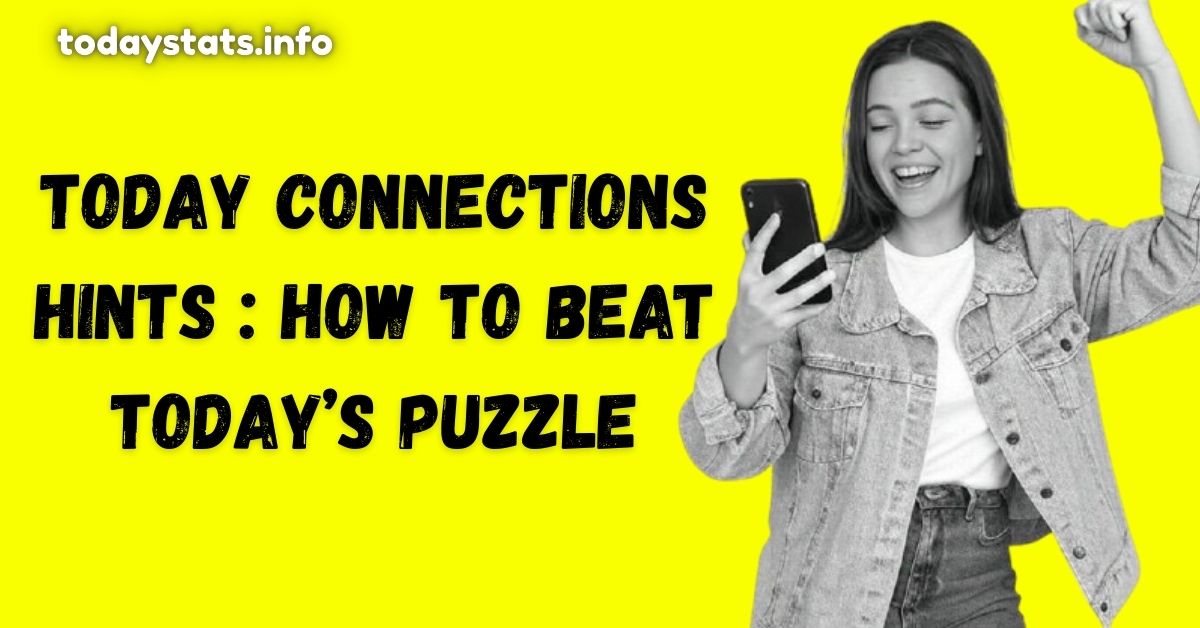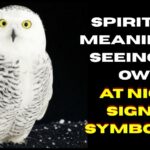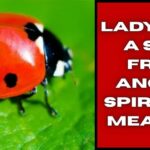Now, the Connections puzzle from The New York Times is almost a daily obsession for those who like word games. Somehow, this latest offering takes vocabulary beyond the-box testing, challenging players to create four collections of four among sixteen oddball terms: though that sounds simple enough, categories often lurk in plain sight behavior, pop culture, or concepts of subtle association.
It is one of those problems that puzzles the brain and requires lateral thinking, giving way at the end to that delicious “aha” when a complete set of them clicks for the user.
As with any of the really hard games there’s a scale from yellow (lightest) to purple on these indentations who could blame anyone for looking for help, without spoiling the fun? This is what we will discuss in this post: the differences between how Nyt connections hint and mashable differ and how effective these hints are created.
What Are NYT Connections Hints?
Hints help push the solver or the person who is stuck or not sure about his groups in the right direction. They won’t spoil the answers but are intended to get the user thinking on a different track.
This person might receive a general pattern such as “types of pasta” or “things that are twisted,” prompting one to scour the word bank for associated terms.
The point of the puzzle is not to give it away but instead to open up one possible path, especially when words can fall under more than one of the categories – one of the trickiest, and perhaps one of the cleverest, aspects of the game.
How Mashable Helps with Daily NYT Connections Hints
This is where Mashable steps in. Always keeping up with what’s new in digital culture, Mashable helps NYT Connections fans over the hump with tips that are handpicked daily.
Unlike spoiler covered sites or direct solution forums, Mashable maintains the integrity of the challenge by offering layered support hints, then categories, and then the whole answer but only if you want it.
Every day, Mashable publishes a brand new article dedicated to that specific day’s Connections puzzle. Publications will see an introductory description of each category, thematic in nature for example, “types of spreadsheets“ or “helical objects” but without straight word associations.
Today’s NYT Connections Hint Mashable
Let’s take April 21, 2025, as an example. Mashable categorized the hints in the following way:
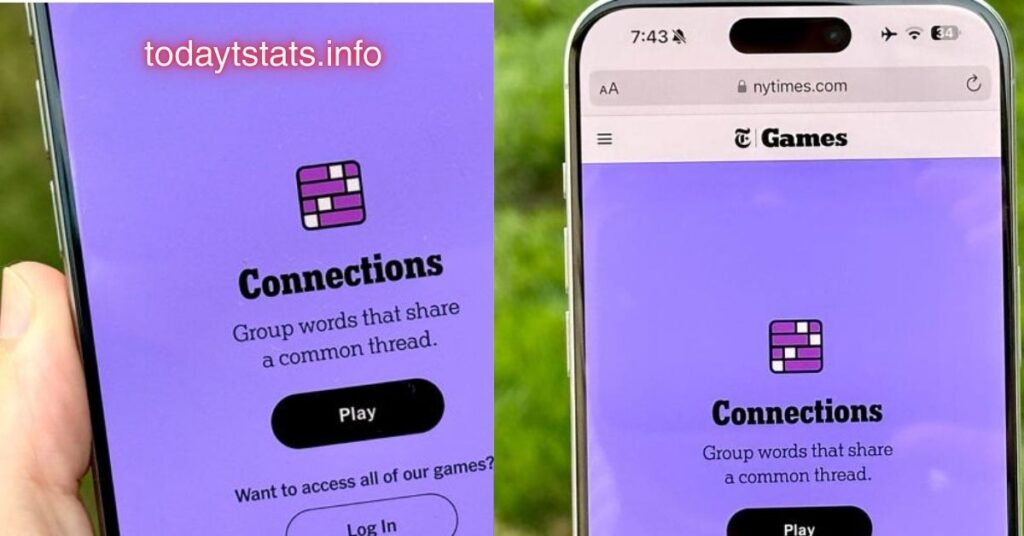
- Yellow is the color of information labeled in nutrition.
- Green is a metaphor for anything you didn’t expect.
- Blue here is anything you insert in a spreadsheet.
- Purple refers to anything with a helical configuration.
Such hints can disclose possible groupings to solvers without outright spoilers. Here, for instance, “protein” and “sodium” could be grouped under nutrition labels, or you may see “curveball” and “twist” lumped into the metaphorical surprises.
Hints by Mashable ensure that the experience of solving remains intact. It is one of the few places that allows puzzle aficionados a thorough challenge while providing them with subtle nudges.
Solving Strategies Inspired by Mashable’s Hints
Hints are utilized best when aiming to improve on solving NYT Connections. It is often recommended by Mashable to first tackle the simple yellow category, one in which words usually bear the most visible relationships.
Clearing the yellow thus contributes to the reduction of variables remaining, making blue or purple connections easier to unravel. Hints presented by Mashable can additionally sharpen your skills of pattern recognition.
You begin to notice recurring themes, linguistic tricks, and even cultural references that the NYT likes to recycle. Each day offers a chance to play and learn from the hints presented, pushing your mental library of categories further along.
READ THIS BLOG: Master the Grid: The Ultimate Guide to Mashable’s NYT Connections Hints
Common Themes and Categories Seen in NYT Connections
The puzzle changes daily and among them are some types that show up frequently and which solvers should pay particular attention to:
- Pop Culture (TV shows, characters, slang)
- Culinary (types of pasta, kitchen tools)
- Science and Nature (elements, body parts)
- Abstract Concepts (emotions, movement types)
- Language (idioms, prefixes, suffixes)
- Tools and Objects (hardware, office supplies)
Mashable gives its clues real-life associations quite often. For example, if the category were types of charts, Mashable might give a hint like, “ways to visualize data,” nudging your brain towards ideas such as “bar” or “pie.”
What Makes Mashable’s Hints So Effective?
What distinguishes Mashable is the very human tone of their clues. They don’t resort to robotic hearsay or canned templates filled with generic keywords. Tum jass se personality aur humor toh kabhi kabhi milaga.
The writers engage their readers instead of just giving them answers. Mashable hints are created to nudge you toward solving the puzzle than simply handing you the answer.
Their use of teaching methods makes it as much a learning tool as it is a hint. If you’re stuck, a Mashable hint might not exactly spit the answer at you; it would, however, give you enough perspective to find the way there on your own.
Alternative Sources vs. Mashable: Why Stick with Mashable?
Along with online forums, Reddit threads, Discord puzzle groups, and blogs, NYT Connections may also solicit help to figure it out. But none of them provide the rigorous, spoiler-free format that Mashable offers.
Other sources tend to leak the answer too soon, while Mashable slowly spoon-feeds it to its users in hints, category labels, and finally answers.
Moreover, Mashable is reliable since it is supplemented early and quite regularly, which many casual solvers appreciate. No ads interrupting the answers; no long-winded threads to scroll through-there it is, daily, in the readers’ faces.
READ THIS BLOG: Enhance Your Microsoft Lync Experience with Lync Conf Mods
Tips for Becoming a Better NYT Connections Player
Aside from reading Mashable’s hints, there are a few habits that can make you sharper:
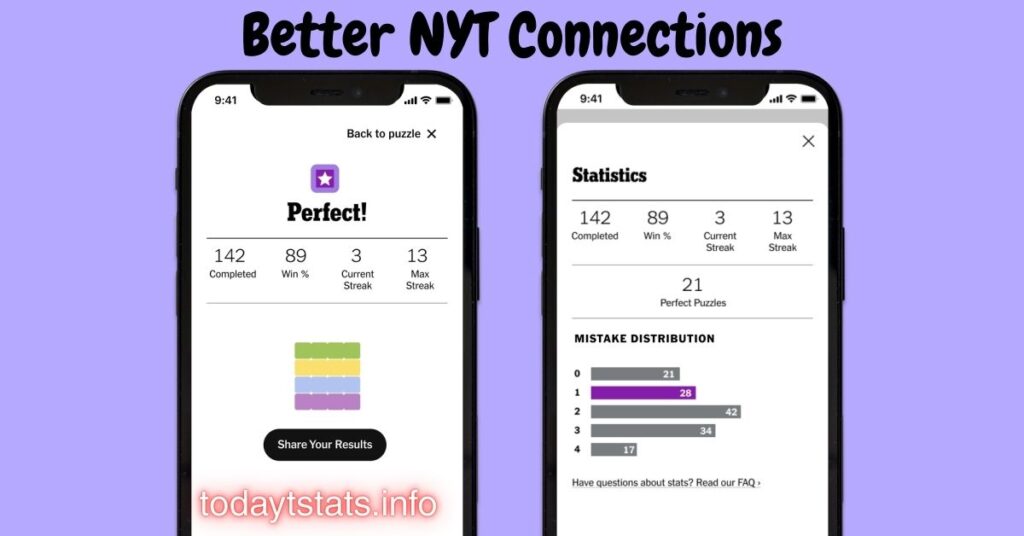
- Play daily Like any skill, pattern recognition improves with repetition.
- Look for root meanings Words with shared roots often indicate a group.
- Eliminate as you go Even a wrong group gives you valuable info.
- Think laterally Categories might be metaphorical, not literal.
- Engage with the puzzle community Sharing thoughts helps you spot tricks you might have missed.
Mashable’s style supports these methods, encouraging users to explore different approaches
rather than just rush to the finish.
Frequently Asked Questions
What time does Mashable post NYT Connections hints?
Mashable usually updates their hints early each day to align with the puzzle’s daily release schedule.
Do Mashable hints give away the full answers?
Not immediately. They offer hints first, category labels second, and full answers at the end — so you can stop wherever you want.
Are the hints beginner-friendly?
Yes, the hints are written clearly and meant to support all levels of players without making you feel overwhelmed or spoiled.
Can I still enjoy the game if I use hints?
Definitely. Many players use hints to learn and improve rather than skip the challenge entirely.
Is there a Connections archive on Mashable?
Yes, Mashable keeps an archive of past hints and answers, making it easy to look back and analyze previous puzzles.
Conclusion
If you enjoy the NYT Connections puzzle but sometimes get stuck, NYT Connections hint Mashable is a fantastic tool to enhance your experience without taking away the challenge.
Their hints are crafted to guide, not spoil, offering just the right amount of help to keep the game fun, fair, and mentally rewarding. So the next time you find yourself puzzled by a few leftover words, don’t be discouraged.
Open Mashable’s daily guide, skim the hints, and you might just unlock the breakthrough you were looking for. Solving Connections isn’t just about knowledge it’s about perspective. And Mashable helps shift that lens in a helpful, human way.

Smith is a seasoned SEO expert with a passion for content writing, keyword research, and web development. He combines technical expertise with creative strategies to deliver exceptional digital solutions.
